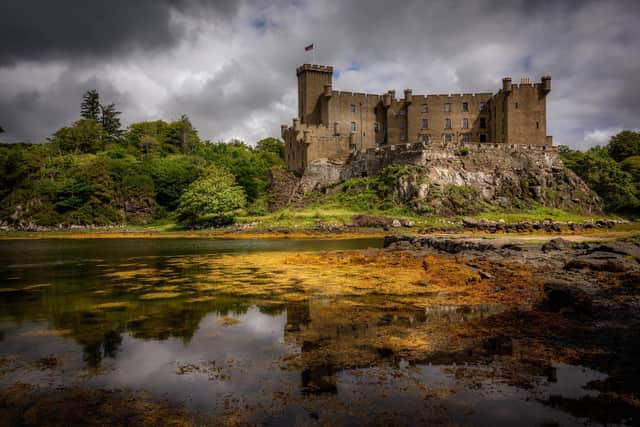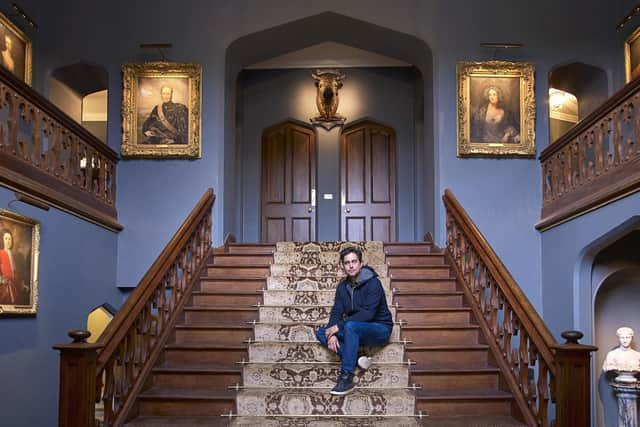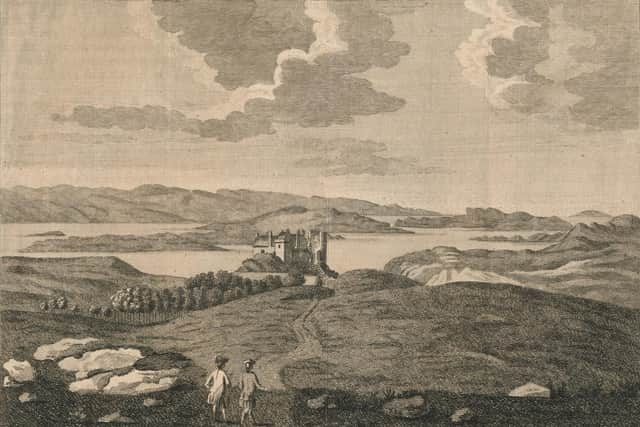Mighty Scottish Highland castle lived in by one clan for 800 years starts to crumble
For one of Scotland’s most prominent clans, Dunvegan Castle has been both a place of home and a place of safety since it emerged on a rocky outcrop overlooking the western seaboard in the 13th century.
But now, the fortress, which is surrounded on three sides by water and is whipped relentlessly by the weather rolling off the Atlantic, is starting to feel its age.
Advertisement
Hide AdAdvertisement
Hide AdParts of Dunvegan’s mighty rampart wall are now eroding away and the bedrock on which the castle stands is also deteriorating. A public path around the base of the castle has been closed due to the risk of rockfall.


Meanwhile, damage has also been recorded at the castle’s Fairy Tower, built in the 15th century by the eighth chief Alasdair Crotach – the Hunchback – after a deal of allegiance was struck with James IV.
Permission has now been granted to MacLeod Estate to repair and fortify the ancient structure, make it safe and restore parts of the site which have disappeared as successive clan chiefs sought to make their mark on the castle – the only one in the Highlands held by the same family throughout its lifetime.
As work gets underway, the MacLeod motto has been deployed. A castle spokesman said the repairs would allow “safe visitor access around the castle’s entire base, and to ensure Dunvegan continues to ‘Hold Fast’ to its rock for another 800 years”.


The work at Duvegan is the latest phase in repair and restoration of the castle undertaken by the 30th chief of MacLeod, Hugh, who inherited the estate in 2008 and who splits his time between London and the castle.
The latest round of work includes bringing back the “hidden” General’s Staircase, which was built sometime during the 1600s and served as the main entry point to the castle before the land bridge was built. A report from structural engineers said: “There have been recent rockfall events and failure of parts of the rampart wall.
“Various areas of the rampart walls to the west elevations have exposed wall heads due to deterioration of masonry through weathering, resulting in localised collapsed. The wall heads are exposed to the environment and are allowing significant amounts of water to penetrate the rampart wall rubble core interior.


"This has\is causing significant deterioration of the rampart wall structure. This structure is supporting the main castle walls to this area.”
Advertisement
Hide AdAdvertisement
Hide AdA “significant void” has been found under the south side of the Fairy Tower, which has caused a crack to appear.
The Fairy Tower was added by the eighth chief, who responded to a call by James IV to draw the chieftains of the west closer towards his power. As a result, he received royal confirmation of his ancestral holdings across Harris and Skye in 1498 and, in return, promised three ships in the service of the king. Two years later, the Fairy Tower was added to the castle complex, possibly to display his new status and boost the architectural merit of Dunvegan.
Comments
Want to join the conversation? Please or to comment on this article.